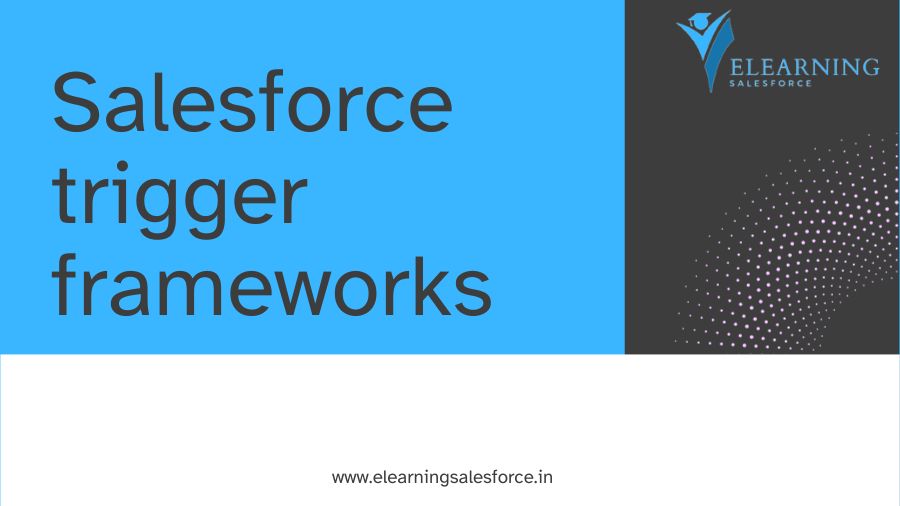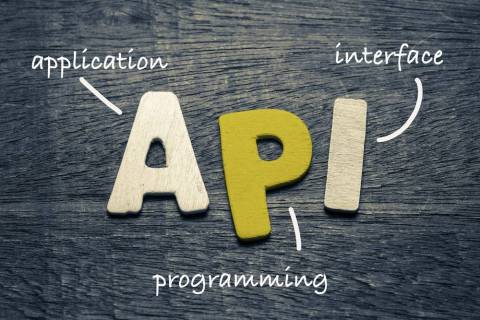Introduction
Salesforce triggers are crucial for automating and customizing your CRM system. But as your organization’s requirements grow, so does the complexity of your triggers. Trigger frameworks offer a structured and efficient way to manage your triggers and maintain the quality of your code. In this blog, we will explore trigger frameworks, their benefits, and best practices for implementing them in Salesforce.
Understanding the Need for Trigger Frameworks
Salesforce triggers are pieces of code that automatically execute when specific events occur, such as record creation, updating, or deletion. They are invaluable for implementing custom business logic, but as your organization evolves, managing triggers can become challenging. This is where trigger framework come into play.
A trigger framework is a design pattern that organizes and streamlines your trigger logic, making it more maintainable, scalable, and efficient. Here are some reasons why trigger framework are essential:
- Code Reusability: By separating trigger logic into reusable modules, you can easily replicate and maintain your code. This reduces redundancy and promotes consistency.
- Scalability: As your Salesforce instance grows, maintaining multiple triggers efficiently can be a daunting task. Trigger framework allow you to manage complex trigger logic with ease.
- Testability: Trigger framework enable you to write unit tests for individual modules, ensuring that your code remains reliable and bug-free.
Benefits of Trigger Frameworks
Let’s dive into some of the key advantages of implementing trigger frameworks in Salesforce:
- Improved Code Quality: Well-structured trigger frameworks lead to cleaner, more maintainable code. Code quality is critical for reducing errors and enhancing performance.
- Modularity: Trigger frameworks break down your trigger logic into smaller, more manageable components. This modularity allows for better collaboration among developers and simplifies debugging.
- Enhanced Testing: Unit testing is more accessible with trigger frameworks. You can write tests for individual trigger modules, ensuring that each part of your code is functioning as expected.
- Reduced Governor Limits: By avoiding unnecessary recursive trigger calls and optimizing your code, trigger frameworks can help you stay within Salesforce’s governor limits.
Best Practices for Implementing Trigger Frameworks
To make the most of trigger frameworks, follow these best practices:
- Single Responsibility Principle: Each module within the framework should have a single responsibility, making it easy to understand, maintain, and test.
- Avoid Trigger Logic in Triggers: Your actual trigger should be minimal, serving only as an entry point to the trigger framework modules. All logic should reside in these modules.
- Order of Execution: Clearly define the order in which modules are executed to ensure predictability and consistency in your trigger logic.
- Error Handling: Implement robust error handling mechanisms to manage exceptions effectively, log errors, and notify relevant parties when issues arise.
- Unit Testing: Write comprehensive unit tests for each module. Ensure that you test different trigger scenarios, such as inserts, updates, and deletes, to cover all possible use cases.
- Governor Limits: Keep an eye on Salesforce governor limits and optimize your code accordingly to avoid hitting these limits.
- Documentation: Document your trigger framework thoroughly. This includes documenting the purpose of each module, its input parameters, and expected outcomes.
Conclusion
Salesforce trigger frameworks are essential tools for managing complex trigger logic in your CRM system. By adhering to best practices, you can streamline your development process, improve code quality, and ensure your Salesforce instance remains efficient and scalable. Implementing a trigger framework may require an initial investment of time and effort, but the long-term benefits in terms of maintainability, scalability, and reduced errors make it a valuable addition to your Salesforce development toolkit.



